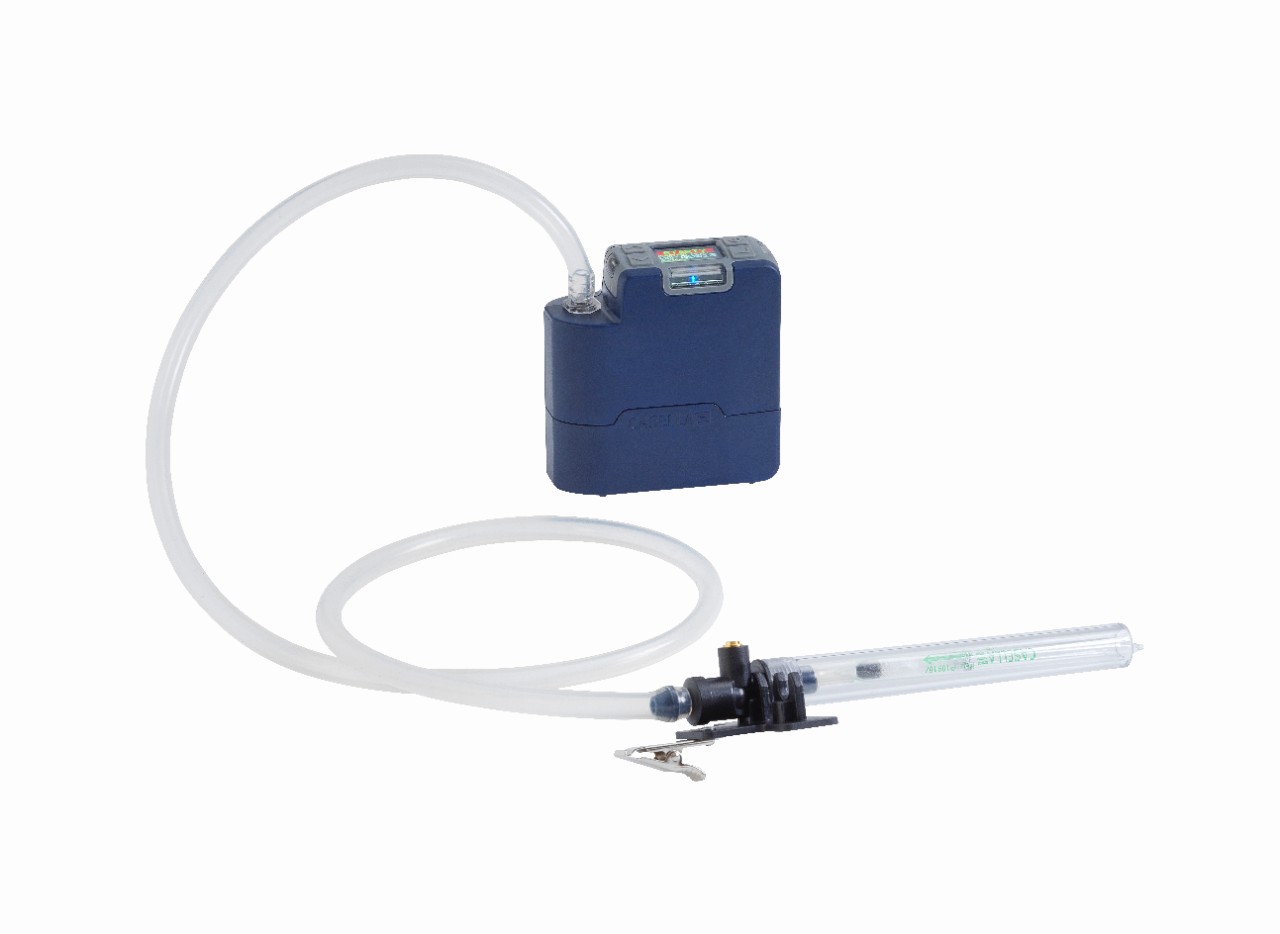Casella UK
Wolseley Rd, Kempston,Bedford MK42 7JY
+44(0)1234844100
info@casellasolutions.com

Manufacturing processes found across many industrial sectors have the potential to expose workers to chemicals. In fact, there are over 100,000 different chemicals used on a global scale. The International Labour Organisation report that of 160 million cases of work-related diseases, 35 million are due to chemical exposure. And of all the listed 2500 airborne hazards to which workers can be exposed, only 500 are of particulate nature, whilst the majority are of a solvent (or gaseous) nature.
High chemical concentrations can pose an immediate (acute) risk to life but repeated exposure to relatively low concentrations can lead to long term (chronic) illnesses, cancers and even hearing loss in the case of ototoxic chemicals such as nitriles, metals and their compounds and solvents.
Personal monitoring is a preferred solution whereby a long-term average concentration may be determined.
The ‘dos and don’ts’ of pumped sorbent tubes using a low flow pump will be discussed here:
1. Use a dedicated low flow pump if available (rather than a medium flow pump and low flow adaptor) because they are smaller and lighter, which lead to better wearer compliance and improved sampling outcome.
2. Check that the pump’s intrinsic safety (IS) approvals e.g. ATEX, IECEx, FM etc meet your facilities’ requirements and if in any doubt, consult the responsible site supervisor.
3. Check that the pump meets the latest version of ISO13137:2013 Workplace atmospheres -- Pumps for personal sampling of chemical and biological agents -- Requirements and test methods. Flow control along with error detection, vital to obtaining a valid sample, tend to be far superior on more modern pumps that meet this relatively new standard, which is currently itself under review being 5 years old.
4. Check that the pump has been serviced in accordance with manufacturers recommendations; normally after a few thousand hours use.
5. When using a flow calibrator, check that it is within the calibration date.
6. Consult the MDHS or NIOSH method and determine the appropriate sorbent tube to use (for the chemical being sampled) along with the required flow rate.
7. Check that the tube is ‘in date’.
8. Calibrate the flow rate (as indicated in the MDHS/NIOSH method) before and after use.
9. Just before sampling, use a scorer/breaker tool to uniformly break the ends of the sorbent tube to a 2 mm diameter or half the diameter of the tube body.
10. Ensure that the arrow on the tube indicates air flow direction and should point to the tube holder and pump. If no arrow is present, the smallest section should be near the tube holder.
11. Check that the open end of the tube holder is placed in the breathing zone i.e. a 30 cm radius centered on the nose & mouth.
12. Use flexible, inert plastic tubing e.g. Tygon and check it has the correct internal diameter.
13. Check the sample train for leaks.
14. Keep the tube in a vertical position during sampling to prevent the possibility of channeling that can otherwise lead to under-sampling.
15. Ship the sample to a laboratory as soon as possible; avoid excessive heat and rough handling and send an unused control tube (blank) along with the exposed tube
Perhaps now is the time to consider replacing older pumps (that don’t meet the latest standard) along with flow calibrators for modern devices that offer the benefits of Bluetooth™ connectivity.
Combinations such as the recently introduced Casella VAPex low flow pump (and Apex2 medium flow version), Flow Detective digital flow calibrator and Airwave App will perform a fully automatic calibration saving time and minimising the potential for user errors.
Connectivity also means that the pump can be interrogated remotely without having to interrupt the worker. This increases productivity for both the worker and Industrial/Occupational Hygienist alike.